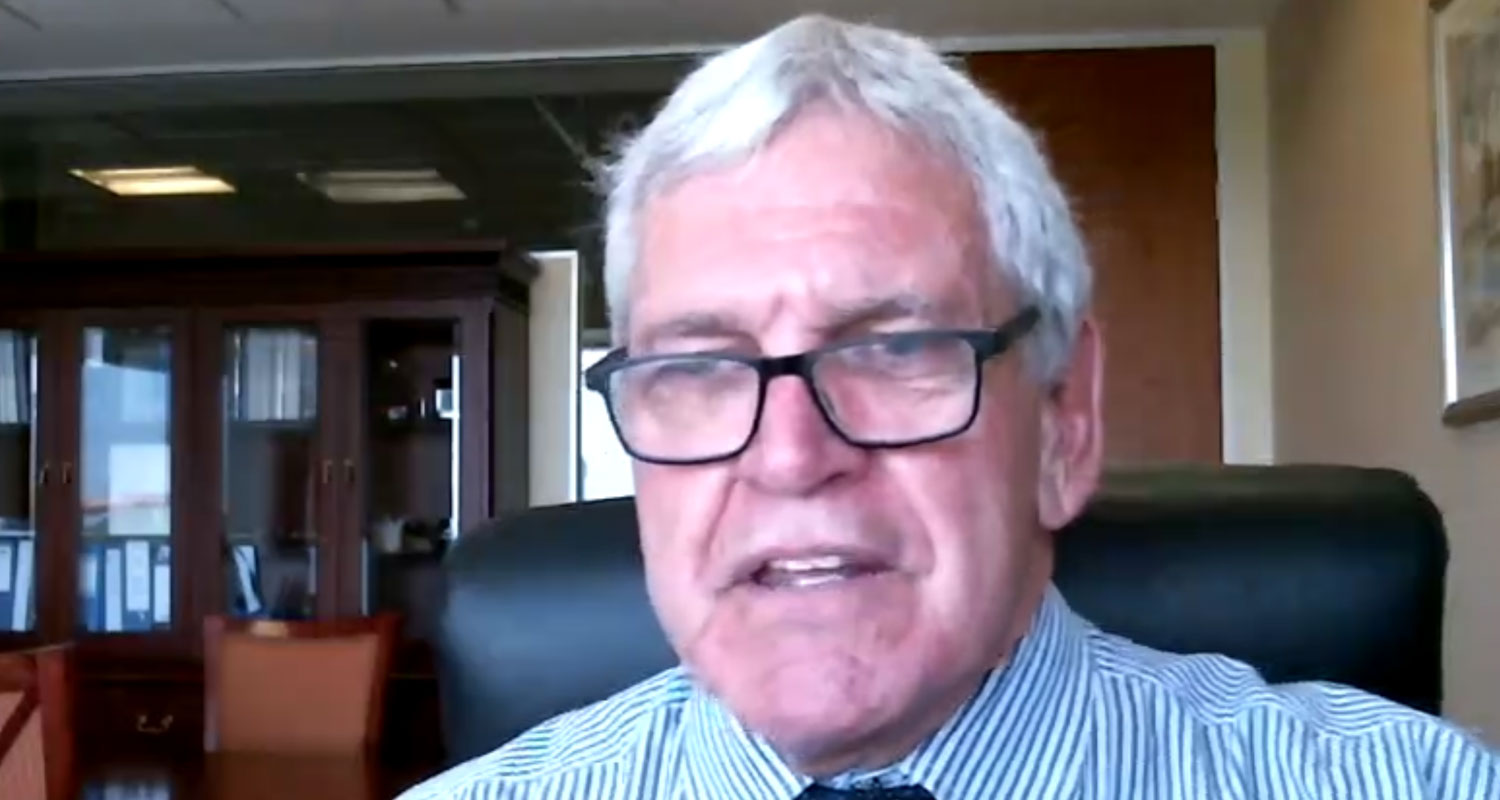
Eskom has had four fewer days of load shedding in 2022 to date, compared to the same period in 2021, though the extent of the rolling power cuts has been more severe this year when they have been implemented.
This was revealed by Eskom chief operating officer Jan Oberholzer during an update to the media on the current bout of stage-2 load shedding, which started at 5pm on Tuesday.
Oberholzer said that between 1 January and 30 April 2021, Eskom imposed 29 days of load shedding on South Africans. Most of this was made up of stage-2 power cuts (27 days), where 2GW of supply is cut, with the remaining two days at stage 3, or 3GW of supply.
This year has got off to a slightly better start, with 25 days of load shedding between 1 January and 30 April. However, the severity of the cuts has been worse than last year, with two days at stage 1, 17 days at stage 2, two days at stage 3 and four days at stage 4, Oberholzer said.
Eskom CEO André de Ruyter said that, as of Wednesday morning, 14.8GW was unavailable due to unplanned outages, with a further 4GW out on planned maintenance. Unplanned outages were equivalent to three Medupi-sized power stations, he said. Morning and evening peak demand is also starting to increase due to the fall in temperatures as winter nears, he said.
With various generator trips on Monday, Eskom was forced to utilise 16 open-cycle gas turbines to get through the evening peak without load shedding, despite it being a public holiday when demand is relatively low. With a further four generators tripping on Tuesday, taking 2GW out of the system, load shedding became inevitable, said Oberholzer.
Winter outlook
Looking ahead, Oberholzer said historically the last week of May has become the highest demand period of the year — even higher than July, where demand is driven by much colder weather. This is due to demand from industrial customers who switch off their plant from 1 June when an increased winter tariff takes effect. Isabel Fick, GM of the Eskom system operator’s office, said Eskom’s demand response programme with industrial customers allows it to negotiate a reduction of up to 3.2GW in demand should the need arise.
Eskom plans to “ramp down” its planned maintenance going into the winter. “We have already reduced the capacity for planned maintenance to around 4 000MW. This will reduce by another 1 000MW over the next couple of weeks. This compares to 5 000MW to 7 000MW during summer months,” said Oberholzer.
He warned that there will still not be sufficient generating capacity available in South Africa to meet demand this winter. “We have a system that is old, that has not been maintained the way it was supposed to. For the last 15 years, we have been running the system much harder than it was supposed to run,” he said.
Eskom expects that the current bout of load shedding will end at 5am next Monday, though De Ruyter said the company is working hard to bring that forward. – © 2022 NewsCentral Media

